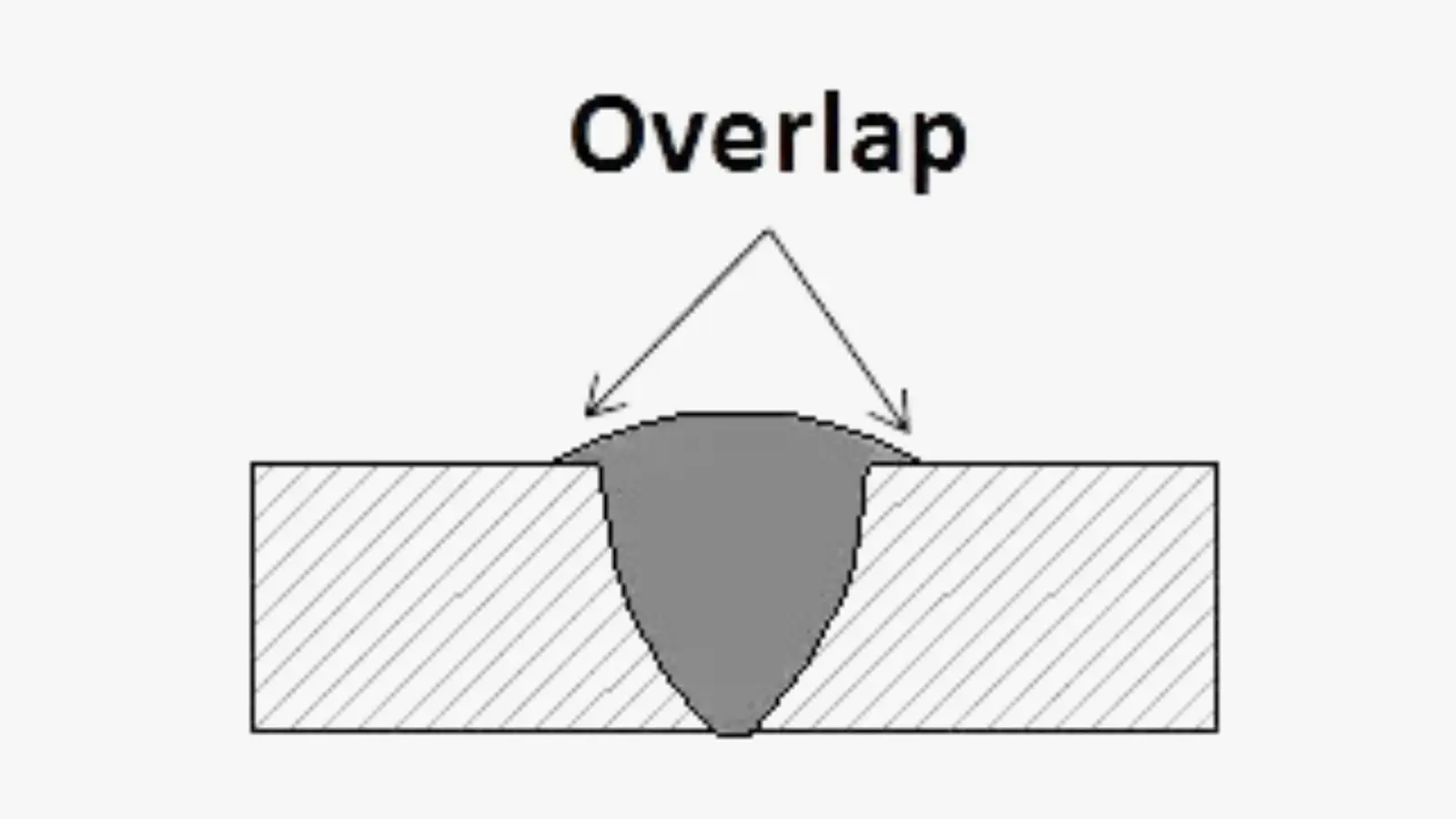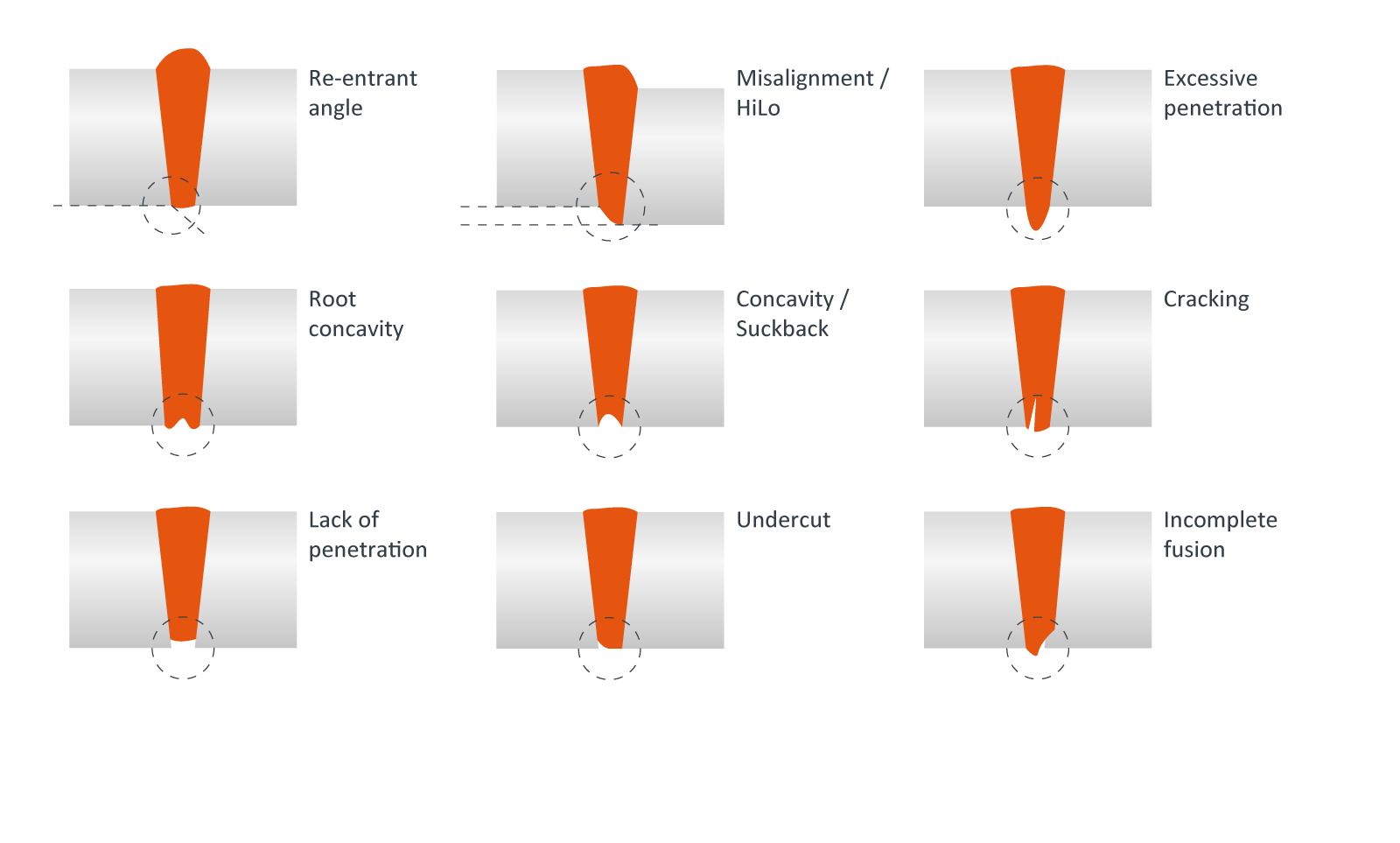Grasping the Art of Welding: Just How to Avoid Undercut Welding Issues for Flawless Fabrication Outcomes
Performance and precision are critical on the planet of welding, where even the least blemish can jeopardize the structural integrity of a made piece. One common obstacle that welders face is undercutting, a problem that can lead and damage a weld joint to costly rework. By comprehending the source of undercut welding and carrying out reliable techniques to avoid it, welders can elevate their craft to brand-new levels of quality (Preventing weld undercut). In the pursuit of perfect manufacture results, understanding the art of welding to stay clear of undercut problems is not just a skill however a requirement for those striving for perfection in their job.
Recognizing Undercut Welding

To stop undercut welding, welders must make certain proper welding specifications, such as readjusting the existing, voltage, travel speed, and keeping the proper electrode angle. Furthermore, utilizing the suitable welding method for the certain joint arrangement is important. Utilizing weaving movements or backstepping techniques can aid make certain correct weld steel deposition and reduce the chance of undercut development. Regular inspection of welds throughout and after the welding process is likewise vital to catch any undercut very early and make essential changes to avoid further problems. Preventing weld undercut. By recognizing the reasons for undercut welding and implementing preventive procedures, welders can attain high-quality, structurally sound welds.
Sources Of Undercut in Welding
Understanding the aspects that add to undercut in welding is essential for welders to generate top quality, structurally audio welds. When the weld steel does not appropriately fill the groove formed in between the base steel and the formerly deposited weld metal, damaging occurs. A number of variables can cause undercut in welding. One usual reason is too much heat input. Welding at high temperature levels for extended periods can cause the base steel melting more than wanted, bring about damage. Poor welding wrong or present welding speed can additionally add to undercut. Not enough current might not give adequate warm to melt the base and filler metals effectively, while excessive rate can stop correct fusion, triggering undercut. Additionally, incorrect electrode angles or incorrect torch manipulation methods can develop locations of reduced weld metal deposition, promoting undercut. Recognizing these reasons and implementing appropriate welding methods can assist stop damaging concerns, ensuring long lasting and strong welds.
Strategies to Protect Against Undercutting

To mitigate the threat of undercutting in welding, welders can use strategic welding methods aimed at enhancing the quality and honesty of the weld joints. One reliable method is to change the welding criteria, such as voltage, existing, and take a trip speed, to ensure correct warmth input and deposition. Maintaining an appropriate Check This Out electrode angle and making certain regular traveling speed can likewise assist avoid undercut. In addition, making use of the correct welding method for the particular joint arrangement, such as weave or stringer beads, can add to decreasing damaging. Preventing weld undercut.
In addition, correct joint preparation, consisting of making certain clean base products devoid of impurities and utilizing the ideal welding consumables, is crucial in avoiding undercut defects. Utilizing back-step welding strategies and controlling the weld bead profile can likewise help distribute warmth equally and decrease the threat of undercut. Normal assessment of the weld joint during and after welding, as well as implementing quality guarantee actions, can help in addressing and detecting undercutting problems without delay. By executing these techniques carefully, welders can attain perfect fabrication results with marginal undercut issues.
Significance of Appropriate Welding Parameters
Picking and preserving suitable welding specifications is crucial for accomplishing effective welds with marginal flaws. Welding parameters describe variables such as voltage, present, travel rate, electrode angle, and shielding gas flow rate that directly affect the welding process. These specifications need to be very carefully changed based upon the kind of material being welded, its thickness, and the welding strategy employed.
Proper welding parameters guarantee the correct amount of warm is used to melt the base metals and filler product consistently. If the criteria are established too expensive, it can lead to extreme warmth input, creating burn-through, distortion, or spatter. On the other hand, if the criteria are as look here well low, insufficient blend, absence of infiltration, or undercutting might occur.
Quality Control in Welding Operations

Verdict
Finally, grasping the art of welding requires a thorough understanding of undercut welding, its reasons, and methods to stop it. By making certain appropriate welding parameters and applying quality control techniques, perfect manufacture results can be achieved. It is vital for welders to regularly pursue quality in their welding operations to prevent undercut issues and generate top quality welds.
Undercut welding, an usual problem in welding procedures, happens when the weld steel doesn't effectively fill the groove and leaves a groove or clinical depression along the welded joint.To stop undercut welding, welders should make sure proper welding specifications, such as readjusting the current, voltage, travel rate, and maintaining the right electrode angle. Poor welding present or wrong welding rate can additionally contribute to damage.To minimize the risk of undercutting in welding, welders can use calculated welding strategies aimed at enhancing the quality and honesty of the weld joints.In conclusion, grasping the art of welding calls for a detailed understanding of undercut welding, its causes, and strategies to avoid it.